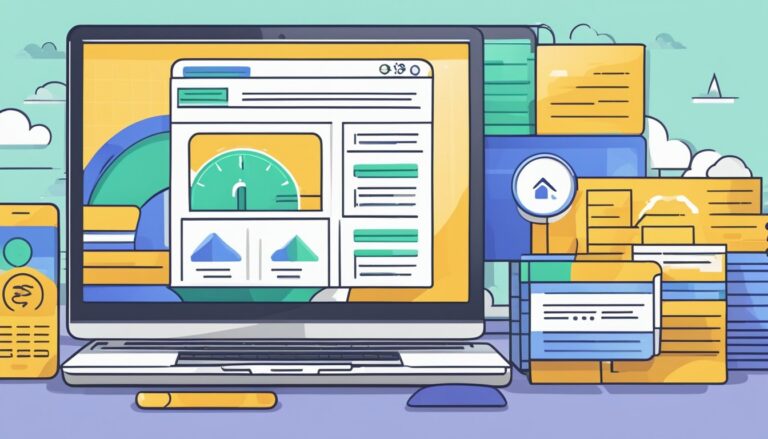Understanding Policy Lapse and Reinstatement
When you miss an insurance payment, your policy may lapse.
A policy lapse means losing coverage due to nonpayment.
Each insurance company handles policy lapses differently, but most have similar steps.
If your policy lapses, you usually have a grace period to make the payment.
A grace period is a short time after the due date during which you can still pay without penalties.
Grace periods typically last between 10 to 30 days.
If you fail to pay within the grace period, the insurance company may cancel your policy.
Once canceled, you lose all coverage, which can leave you vulnerable in case of an accident.
This applies to different types of insurance, including auto and life insurance.
To reinstate a lapsed policy, contact your insurance company.
They’ll guide you through the process.
You usually need to pay the past-due premiums and possibly a reinstatement fee.
Some companies may also require proof of insurability, especially if there has been a significant lapse in coverage.
Common Reinstatement Requirements:
- Payment of past-due premiums
- Reinstatement fee
- Proof of insurability
Reinstating your policy can restore coverage, but there might be penalties.
These might include higher premiums or waiting periods before coverage resumes.
It’s essential to understand these potential costs before proceeding.
Keeping track of your policy term and payment schedule can prevent lapses.
Set reminders for payments or use automatic payments to avoid missing due dates.
If your policy includes features like renewals, be aware of the conditions for smooth continuity.
In summary, staying informed about your policy details and timely payments can help you avoid the troubles of a lapsed policy and maintain continuous coverage protection.
Navigating Insurance Rates and Payments

Understanding how to manage and compare car insurance rates can help you save money and ensure continuous coverage.
Following these steps can ease the process of reinstating an auto policy after a lapse.
Comparing Car Insurance Rates
When shopping for car insurance, it’s important to compare rates from multiple companies.
Rates can vary widely based on factors like your vehicle information, driving history, and status as a high-risk driver.
Insurance companies evaluate your risk differently, so obtaining quotes from at least three insurers helps you find the best deal.
Pay attention to coverage options and policy duration periods to ensure you’re comparing similar plans.
Utilize online tools or work with an insurance agent to get accurate estimates.
Keep in mind that insurance policies with higher premiums often provide better coverage and lower deductibles which can be beneficial in the long run.
Managing Insurance Premiums and Payments
Managing your insurance premiums effectively ensures your policy remains active.
Consider setting up automatic payments to avoid late payments and nonpayment.
Paying your premiums annually instead of monthly can sometimes result in a discount.
Speak with your insurance company to see if they offer any incentives for full payments.
Additionally, staying on top of renewal dates is key, especially after a policy lapse.
Review your terms carefully during renewal to ensure your coverage matches your current needs.
If you’ve experienced a lapse, communicate with your insurer to discuss potential rate hikes and adjust your budget accordingly.
By managing payments and understanding premium adjustments, you maintain continuous coverage and avoid additional costs associated with policy gaps.
Legal Considerations and Consequences
When an insurance policy lapses, it’s important to understand the legal implications and consequences.
Legal issues can arise not only from non-renewal or cancellation but also from driving without insurance.
Understanding Policy Non-Renewal and Cancellation
Insurance companies may choose not to renew a policy for various reasons. Non-renewal can happen due to high-risk factors such as filing too many claims or having too many traffic violations.
This action must be communicated to you through a cancellation notice.
If your policy is canceled, it is usually due to non-payment or a violation of the policy terms.
Reinstatement might be possible, but it often requires paying overdue premiums and possibly a reinstatement fee.
Understanding your specific policy’s terms is crucial since each contract might have unique conditions for cancellation and reinstatement.
Consequences of Driving Without Insurance
Driving without insurance can lead to significant legal and financial consequences.
You might face fines and penalties enforced by the law, which can vary by state.
For instance, being caught without auto insurance could result in high fines, license suspension, or even vehicle impoundment.
Moreover, if you cause an accident while uninsured, you could be held personally liable for damages and injuries.
This liability can lead to lawsuits and severe financial strain.
In addition, getting car insurance after a lapse might result in higher premiums since insurance companies might consider you a high-risk driver.
These steps aim to ensure that you maintain continuous coverage, protecting both your financial interests and those of others on the road.






